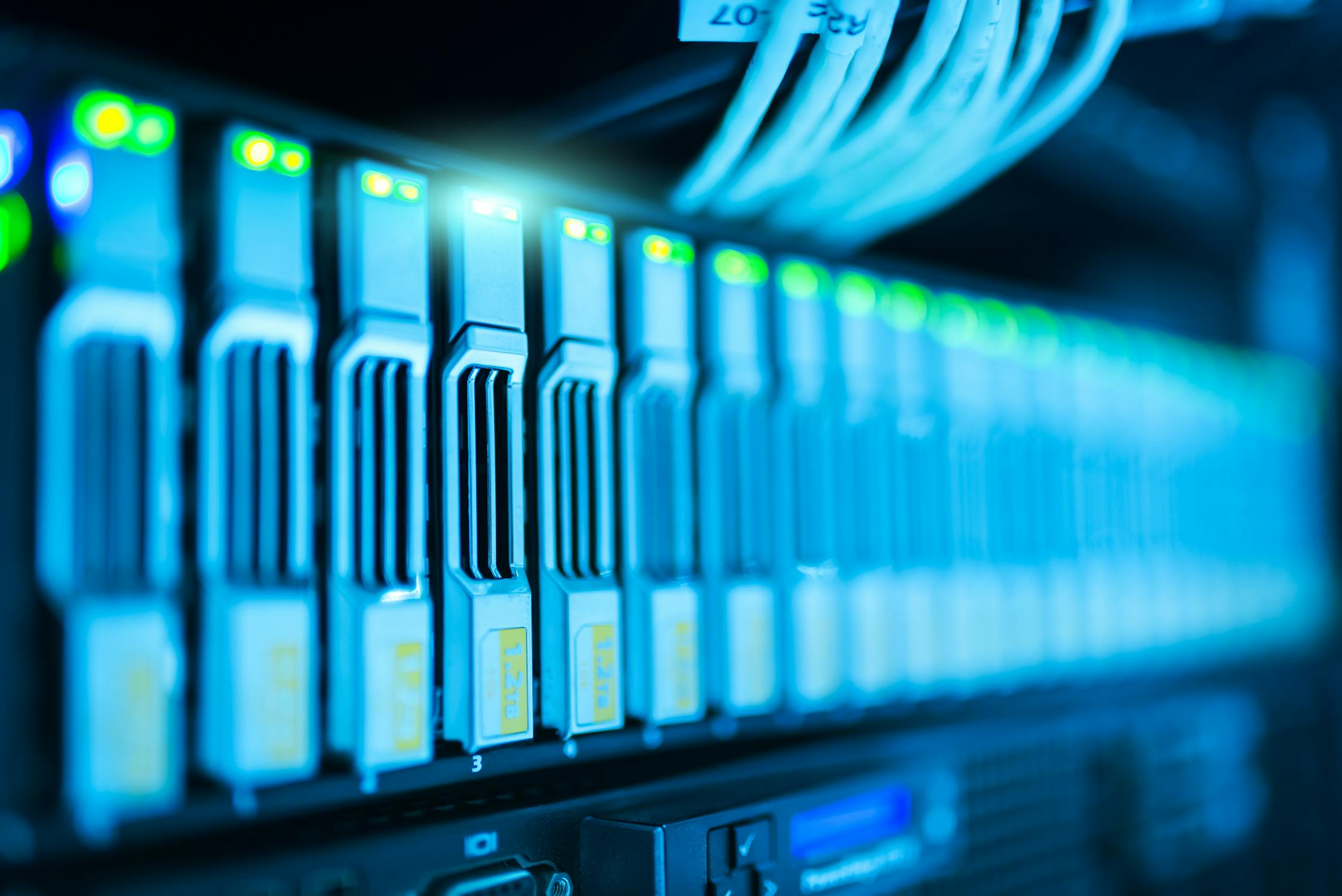Where is an AI Stored?

When we talk about Artificial Intelligence (AI), especially powerful models like those driving chatbots or image generation, it's natural to wonder: where does this "intelligence" actually live? Unlike a physical brain, AI isn't located in one single place. Understanding where AI is stored involves looking at its different components and the infrastructure that supports them.
AI Isn't One Thing
First, it's important to remember that AI isn't a monolithic entity. It comprises several key parts:
- The Model : This is the core "trained" part of the AI. It consists of algorithms and, more importantly, learned parameters (weights and biases) derived from training data. Think of it as the AI's learned knowledge structure.
- The Code : The software application or framework that loads the model, processes input data, runs the inference (prediction/generation), and handles outputs.
- The Data : This includes the massive datasets used to train the model (which might be archived elsewhere after training) and the operational data the AI interacts with during use.
These components can be stored in different locations depending on the application and architecture.
Common Storage Locations for AI Components
1. Cloud Platforms
This is the most common location for large-scale AI models and applications today. Major cloud providers like Amazon Web Services (AWS), Microsoft Azure, and Google Cloud Platform (GCP) offer specialized infrastructure and services:
- Object Storage (e.g., S3, Azure Blob, Cloud Storage): Used to store the large datasets for training and often the trained model files themselves.
- Virtual Machines / Containers: The code running the AI application and potentially the model itself can be hosted on scalable virtual servers or containers.
- Managed AI/ML Platforms (e.g., SageMaker, Azure ML, Vertex AI): These platforms provide environments specifically designed to store, train, deploy, and manage AI/ML models and their associated code and configurations.
The cloud offers scalability, accessibility, and powerful processing capabilities required for many modern AI systems.
2. On-Premises Servers / Data Centers
Organizations with specific security, compliance, or legacy system requirements might store and run AI components on their own servers within their data centers.
- Local Databases & File Systems : Used to store training data, models, and application code.
- Powerful Servers (often with GPUs): Needed to handle the computational load of training or running complex models.
This approach offers more direct control but typically involves higher upfront investment and ongoing maintenance costs compared to the cloud.
3. Edge Devices
For applications requiring low latency, offline capabilities, or processing data directly at the source, AI models can be stored and run on "edge" devices. These are devices closer to the user or data source:
- Smartphones: Many AI features like facial recognition, voice assistants, and predictive text run using models stored directly on the phone.
- IoT Devices: Sensors and smart devices in homes, factories, or cities might run small, optimized AI models locally for tasks like anomaly detection.
- Vehicles: Self-driving or driver-assist systems rely on models stored and processed within the vehicle's computers.
- Cameras: Smart security cameras performing object detection locally.
Models stored on edge devices are usually optimized for size and efficiency.
4. Local Computers
Data scientists and developers often store AI models and code on their local laptops or workstations during the development and experimentation phases. Smaller AI applications or tools might also run entirely locally.
Storage vs. Execution
It's also important to distinguish between where an AI model is *stored* and where it *executes* (performs inference). A large model might be stored in the cloud, but when you interact with an application on your phone, your input data might be sent to the cloud server, processed by the AI there, and the result sent back. Alternatively, a smaller version of the model might be downloaded and run directly on your device. Understanding this architecture is key to implementing an effective Data Strategy involving AI.
Conclusion: Distributed Across Infrastructure
An AI isn't stored in a single "box." Its components – the trained model, the operational code, and the underlying data – reside across various types of digital infrastructure. Large, powerful AI systems often live primarily in the cloud or on dedicated servers, while smaller, specialized models increasingly run directly on edge devices like your phone or car. Where an AI is stored depends heavily on its size, purpose, performance requirements, and the overall system architecture. It's less about a single location and more about the distributed digital ecosystem that brings it to life.
DataMinds.Services helps businesses design and implement the right infrastructure to store, manage, and deploy AI solutions effectively.
Team DataMinds Services
Data Intelligence Experts
The DataMinds team specializes in helping organizations leverage data intelligence to transform their businesses. Our experts bring decades of combined experience in data science, AI, business process management, and digital transformation.
More Articles
Deploying AI Solutions Effectively?
Understanding where and how to store and run AI is crucial for performance and scalability. Contact DataMinds Services for expertise in AI infrastructure and deployment.
Optimize Your AI Infrastructure

